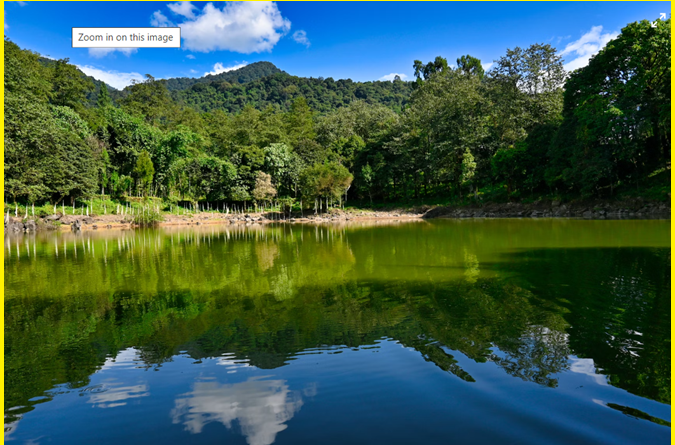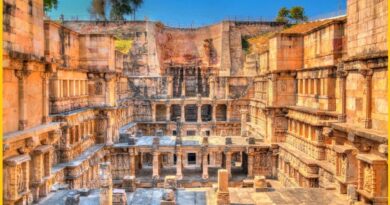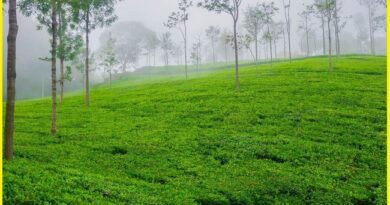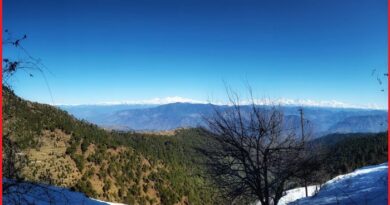Secrets of Yuksom: Tales from Sikkim’s Historical Heart
Yuksom Sikkim
Yuksom is a serene and picturesque village nestled in the Geyzing subdivision of West Sikkim, India. Known as the “gateway to Kangchendzongha,” Yuksom holds significant historical and cultural importance as it was the first capital of Sikkim and the coronation site of the first Chogyal (king) of Sikkim in 1642. A sacred lake for both Buddhists and Hindus, Khecheopalri Lake is believed to fulfill wishes. The lake is surrounded by dense forests, and its tranquil waters are a perfect spot for reflection and peace. Yuksom is the starting point for several treks, including the famous Dzongri and Goecha La treks. These trails offer breathtaking views of the Himalayan peaks and diverse flora and fauna.
Yuksom is surrounded by lush greenery, pristine lakes, and majestic mountains. The area is part of the Kanchenjunga National Park, a UNESCO World Heritage site, which adds to its ecological significance. The valley is a haven for nature lovers and those seeking a peaceful retreat away from the hustle and bustle of urban life.
Best Time to Visit: The ideal time to visit Yuksom is between March and June or September and November when the weather is pleasant and suitable for trekking and sightseeing.
1. Yuksom weather
Yuksom, located in West Sikkim, experiences a varied climate throughout the year, influenced by its high-altitude setting. Here’s a seasonal breakdown of the weather in Yuksom.
Spring (March to May)
The Temperature in this season is 10°C to 20°C. Spring is one of the best times to visit Yuksom. The weather is pleasant with moderate temperatures, making it ideal for trekking and sightseeing. The landscape is lush and green, with blooming rhododendrons adding color to the scenery.
Also read- Namchi Escapades: A Journey through Sikkim’s Serenity
Summer (June to August)
The Temperature in this season is 15°C to 25°C. Summers in Yuksom are mild and warm, but this period also marks the monsoon season. The region receives substantial rainfall, which can sometimes cause landslides and make trekking trails slippery. Despite the rain, the valley is incredibly green and beautiful.

Autumn (September to November)
The Temperature in this season is 10°C to 20°C. Another excellent time to visit, autumn offers clear skies, mild temperatures, and stunning views of the Himalayan peaks. It’s perfect for outdoor activities like trekking and exploring natural and cultural sites.
Winter (December to February)
The Temperature in this season is 0°C to 10°C. Winters can be quite cold, especially at night. Snowfall is common in the higher elevations, which can make the region look like a winter wonderland. However, the cold weather can be challenging for some visitors, and certain treks may be inaccessible due to snow.
2. Yuksom Sightseeing
Yuksom, a picturesque village in West Sikkim, offers a wealth of sightseeing opportunities that combine natural beauty, historical significance, and cultural richness. Here are some must-visit attractions in and around Yuksom-
Dubdi Monastery
Established in 1701, Dubdi Monastery is the oldest monastery in Sikkim. Also known as the Hermit’s Cell, it is situated on a hilltop and requires a short trek to reach. The monastery offers serene surroundings and panoramic views of the valley, making it a peaceful retreat for visitors.
Norbugang Coronation Throne
This historical site marks the coronation spot of the first Chogyal (king) of Sikkim, Phuntsog Namgyal, in 1642. The throne, along with ancient stupas and prayer flags, creates a spiritually significant and visually captivating environment.
Khecheopalri Lake
Known as a wish-fulfilling lake, Khecheopalri is sacred to both Buddhists and Hindus. It is located about 24 km from Yuksom. The lake is set amidst a dense forest, and its tranquil waters are surrounded by prayer flags and a peaceful walking path. The area is also a great spot for bird-watching.
Singshore Bridge
Located about 25 km from Yuksom, Singshore Bridge is the second-highest suspension bridge in Asia. The bridge offers spectacular views of the valley and the river below, making it a thrilling experience for visitors.
Rabdengtse Ruins
Situated near Pelling, about 9 km from Yuksom, these ruins are the remnants of the second capital of Sikkim. The site provides a glimpse into the history of the Sikkimese kingdom and offers stunning views of the surrounding mountains and forests.
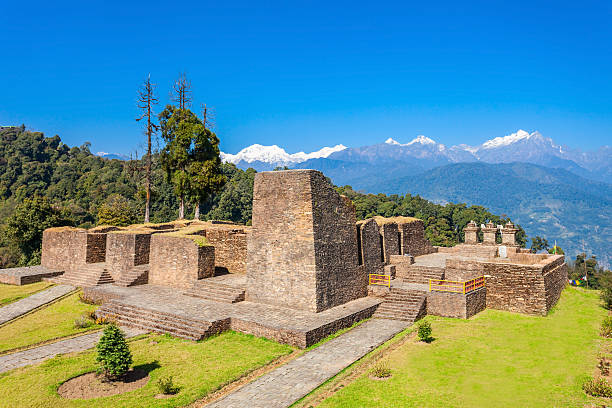
Kanchenjunga National Park
This UNESCO World Heritage site covers a vast area of Sikkim and includes the Yuksom Valley. The park is home to diverse flora and fauna, including rare species like the red panda and snow leopard. It’s a paradise for nature lovers and trekkers.
3. Things to do in Yuksom
4. Pelling to Yuksom Distance
The distance between Pelling and Yuksom in West Sikkim is approximately 40 kilometers by road. The journey usually takes around 1.5 to 2 hours, depending on road conditions and traffic. Hiring a private taxi is the most convenient and comfortable option. You can book one through your hotel or local travel agencies. For a more budget-friendly option, shared jeeps are available, but they might be less comfortable and take longer due to multiple stops.
The route between Pelling and Yuksom offers beautiful views of the mountains and valleys. Make sure to have your camera ready to capture the stunning scenery. The roads in this region can be winding and narrow, so it’s advisable to travel during daylight hours. Monsoon season (June to August) can make the roads slippery and sometimes impassable due to landslides.
